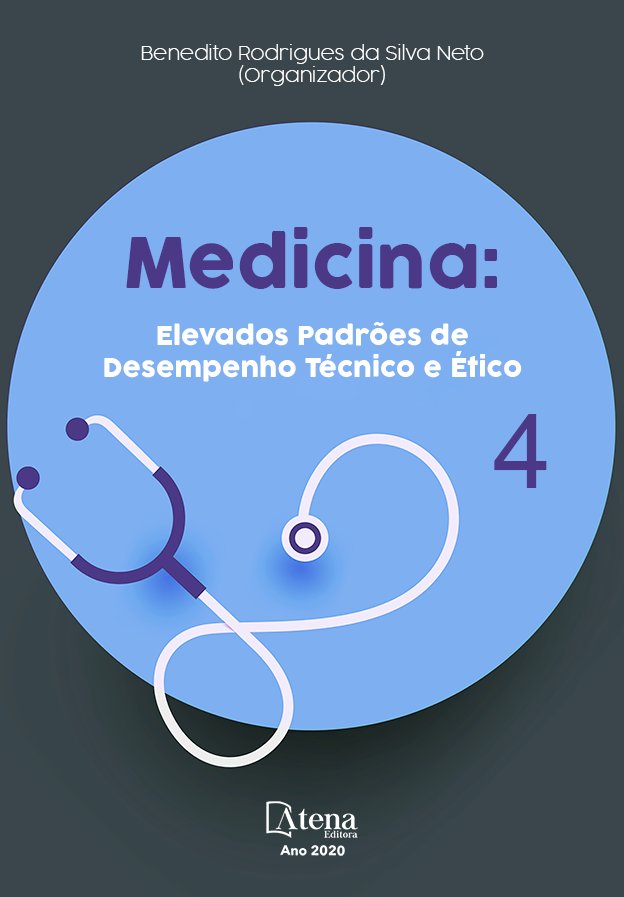
Doença de Crohn associada à tuberculose intestinal
Relato de caso
Paciente FTC, masculino, 45 anos, acompanhado no HUOL por Doença de Crohn, compareceu referindo odinofagia, febre não aferida sem horário preferencial, tosse produtiva com expectoração amarelada, calafrios e sudorese noturna há meses. Apesar do apetite preservado, não conseguia alimentar-se devido à odinofagia e epigastralgia. Além disso, relatou dor na região da fístula anal ao evacuar, porém as fezes não apresentavam alteração.
Ao exame, encontrava-se em EGR, hipocorado 2+/4+ e emagrecido (47,5 kg). Abdome doloroso difusamente à palpação superficial. Na região perianal, presença de lesão ulcerada e secretiva em margem anal esquerda, e orifício fistuloso em margem anal anterior.
O paciente tinha uma RNM de pelve prévia que indicava fístula retal e perianal completa com áreas de erosão do canal anal.
Diante disso, foi solicitado exames e iniciou-se antibioticoterapia (ceftriaxona + metronidazol).
Posteriormente, o GeneXpert deu positivo e os achados da TC foram compatíveis com TB intestinal (sinal de Stierlin e linfonodomegalia com centro necrótico). Assim, o paciente iniciou o esquema RHZE.
Durante a investigação, foi solicitado IgM e IgG para CMV. O primeiro positivo e o segundo negativo o que sugere uma infecção atual. Já a EDA acusou candidíase esofágica. Assim sendo, foi prescrito Ganciclovir IV e Fluconazol IV respectivamente.
Discussão
Para tratamento da Doença de Crohn, uma das drogas utilizadas pelo o paciente em questão era o infliximabe. Como tal substância é imunossupressora, ela pode ativar focos primários de tuberculose e predispor infecções oportunistas (por CMV ou Candida, por exemplo), tal como ocorreu acima.
Conclusão
Observa-se diante do caso a importância de um acompanhamento criterioso nos pacientes com Doença de Crohn, devido à terapêutica imunossupressora que pode culminar em doenças infecciosas oportunistas.
Doença de Crohn associada à tuberculose intestinal
-
DOI: 10.22533/at.ed.6792012117
-
Palavras-chave: Doença de Crohn; Tuberculose intestinal; Gastroenterologia; Medicina.
-
Keywords: Crohn's disease; Intestinal tuberculosis; Gastroenterology; Medicine.
-
Abstract:
Case Report
Patient FTC, male, 45 years old, following up treatment at HUOL for Crohn's Disease, attended referring odynophagy, unverified fever without preferential time, productive cough with yellowish sputum, chills and night sweats for months. Despite his preserved appetite, he was unable to eat due to odynophagy and epigastric pain. In addition, he reported pain in the anal fistula region when evacuating, but the feces didn't show pathological change.
Upon examination, he was in RGC, pale 2 + / 4 + and emaciated (47.5 kg). Painful abdomen diffusely on superficial palpation. In the perianal region, presence of ulcerated and secretive lesion in the left anal margin, and a fistulous orifice in the anterior anal margin.
FTC had a previous MRI of the pelvis that indicated rectal and perianal fistula complete with areas of erosion of the anal canal.
Therefore, exams were requested and antibiotic therapy (ceftriaxone + metronidazole) was started.
Subsequently, GeneXpert was positive and the CT findings were compatible with intestinal TB (Stierlin's sign and lymph node enlargement with necrotic center). Thus, he started RHZE scheme.
During the investigation, IgM and IgG for CMV were requested. The first positive and the second negative which suggests a current infection. Endoscopy accused esophageal candidiasis. Therefore, Ganciclovir IV and Fluconazole IV were prescribed, respectively.
Discussion
To treat Crohn's disease, one of the drugs used by the patient in question was infliximab. As this substance is immunosuppressive, can activate primary foci of tuberculosis and predispose opportunistic infections (for example, by CMV or Candida), as occurred above.
Conclusion
The importance of careful monitoring in patients with Crohn's disease can be seen in this case, due to the immunosuppressive therapy that can culminate in opportunistic infectious diseases.
-
Número de páginas: 6
- Anna Elisa Nóbrega de Souza
- Heli Clóvis de Medeiros Neto
- Adriel Rudson Barbosa Albuquerque
- Leonardo Farache Porto Cavina
- Gabriel Carlos Nóbrega de Souza


